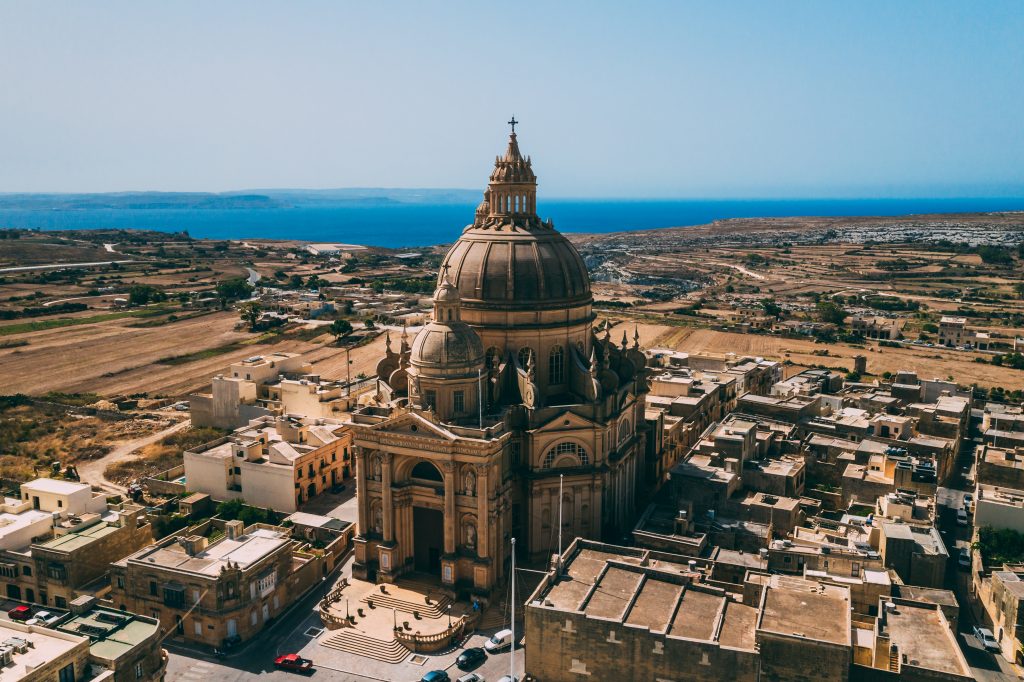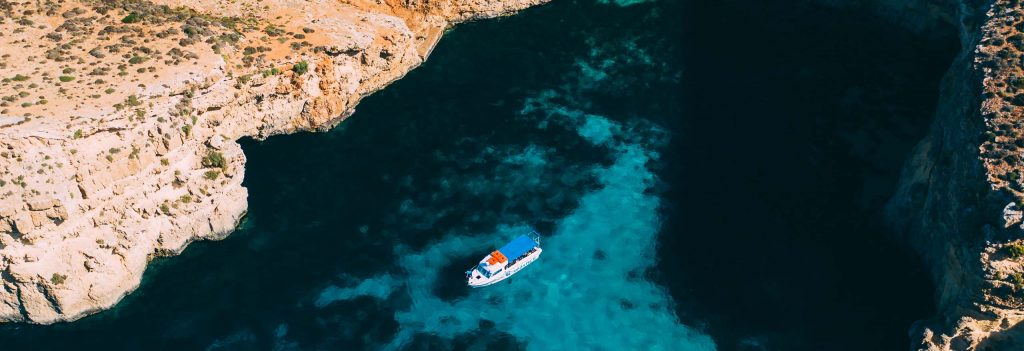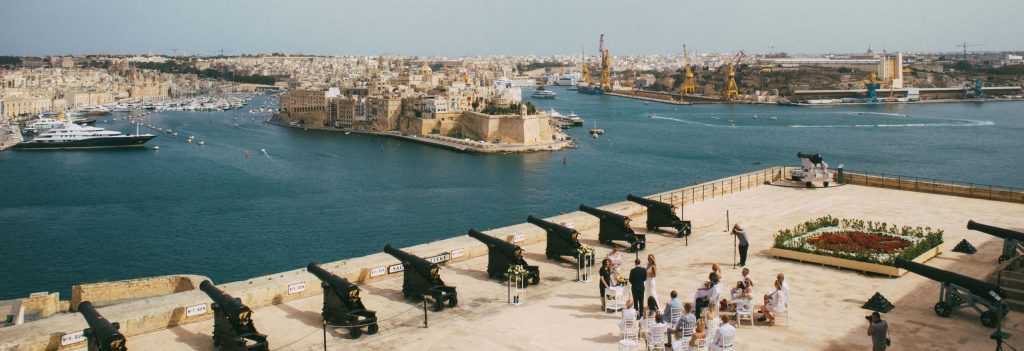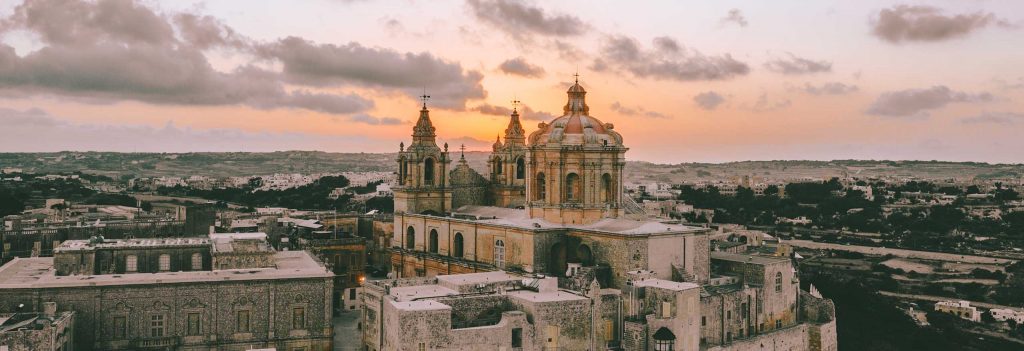About Malta
The Maltese Islands
The history of Malta is a long and colourful one dating back to the dawn of civilisation.
The Maltese Islands went through a golden Neolithic period, the remains of which include the mysterious temples dedicated to the goddess of fertility. Later on, the Phoenicians, the Carthaginians, the Romans and the Byzantines, all left their traces on the Islands.
In 60 A.D. St. Paul was shipwrecked on the island while on his way to Rome and brought Christianity to Malta.

The Arabs conquered the islands in 870 A.D. and left an important mark on the language of the Maltese. Until 1530 Malta was an extension of Sicily: The Normans, the Aragonese and other conquerors who ruled over Sicily also governed the Maltese Islands. It was Charles V who bequeathed Malta to the Sovereign Military Order of St. John of Jerusalem who ruled over Malta from 1530 to 1798. Following the Great Siege of 1565, the Knights took Malta through a new golden age, making it a key player in the cultural scene of 17th and 18th century Europe. The artistic and cultural lives of the Maltese Islands were injected with the presence of artists such as Caravaggio, Mattia Preti and Favray who were commissioned by the Knights to embellish churches, palaces and auberges.

In 1798, Napoleon Bonaparte took over Malta from the Knights on his way to Egypt. The French presence on the islands was short lived, as the English, who were requested by the Maltese to help them against the French, blockaded the islands in 1800.
British rule in Malta lasted until 1964 when Malta became independent. The Maltese adopted the British system of public administration, education and legislation.
Modern Malta became a Republic in 1974. The foreign military bases on the island closed down permanently in 1979. Malta joined the European Union in May 2004 and the Eurozone in January of 2008.
Valletta
With its age-old bastions, ornate architecture, and bustling cobbled streets, still very much in action today, Valletta is the ideal amalgamation of history and modern life. Aptly coined in 2018 as the European Capital of Culture, there are tons to see and do in this spectacular City, founded in the sixteenth Century by the Knights of St John.
Whether gazing at the Three Cities from the breathtaking Barrakka Gardens, dining at one of its outstanding eateries, or drooling over the Caravaggio in St John’s Co-cathedral, the only stressful thing about a trip to Valletta is trying to fit it all in!

Mdina & Rabat
Mdina and Rabat are two popular towns in Malta and each is admired for very different reasons.
Mdina is one of Malta’s most popular tourist destinations because there’s no place like it anywhere. Sitting on top of a hill overlooking large parts of Malta, it’s a small town, rich in history and fortified by tall bastion fortifications. It’s filled with centuries-old buildings that have been well maintained throughout the ages.
Wandering through its narrow streets and alleys, Mdina genuinely feels like history coming to life.
Rabat, the village that’s located on Mdina’s doorstep (and once considered to be its suburb), on the other hand, is known for its quiet, more rural character and natural beauty. Apart from offering a few key museums and points of interest, Rabat is also known for one of the few forested areas the country knows, at Buskett Gardens, the entrance to which can be found on the outskirts of the village.
A typical Maltese town that still hosts traditional village festas, there’s a lot of character to discover on a leisure walk through its streets.




